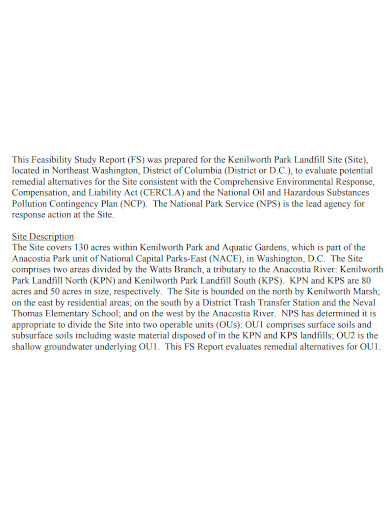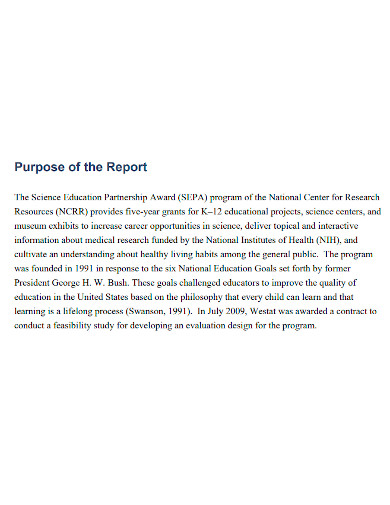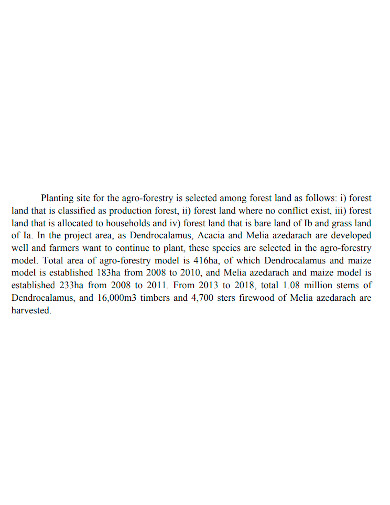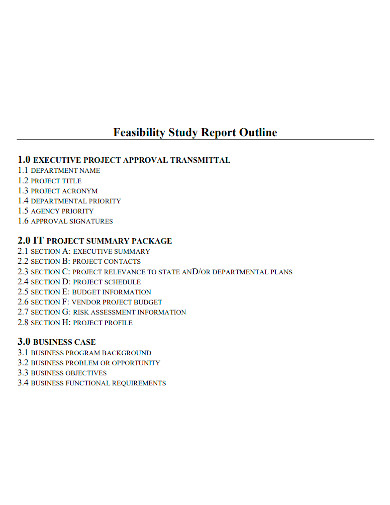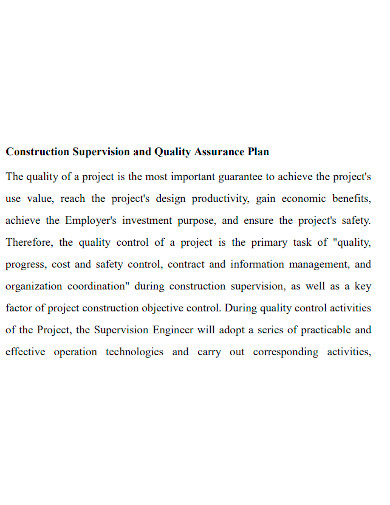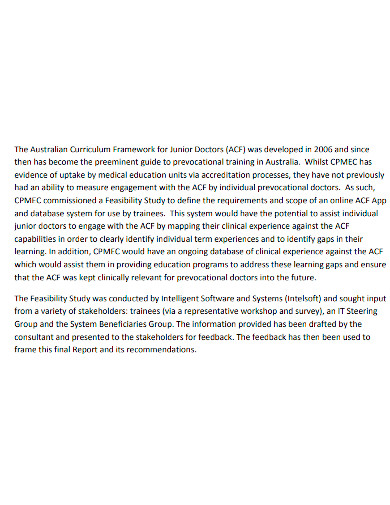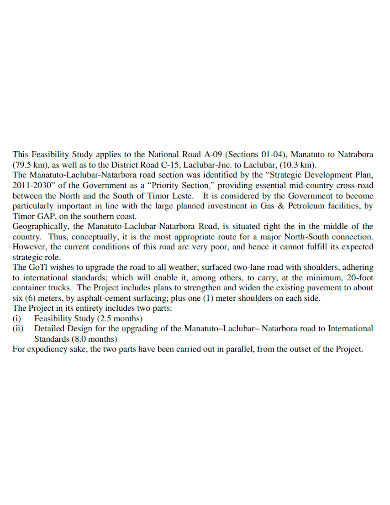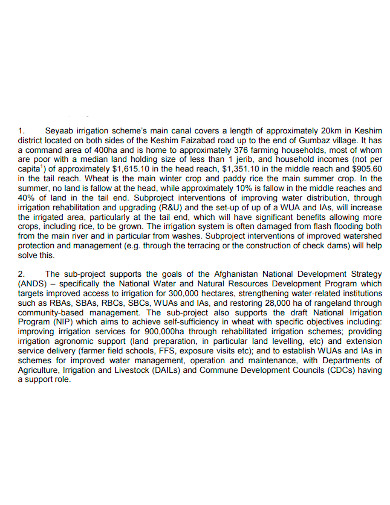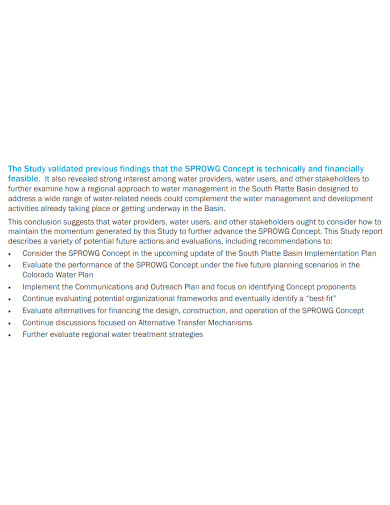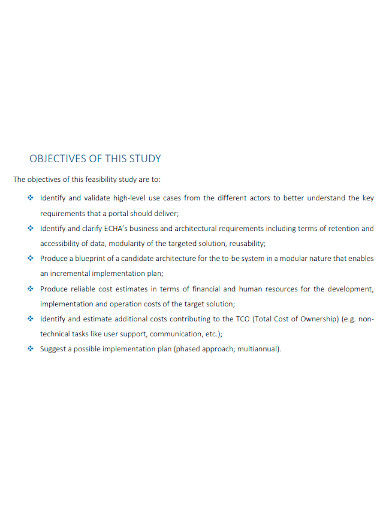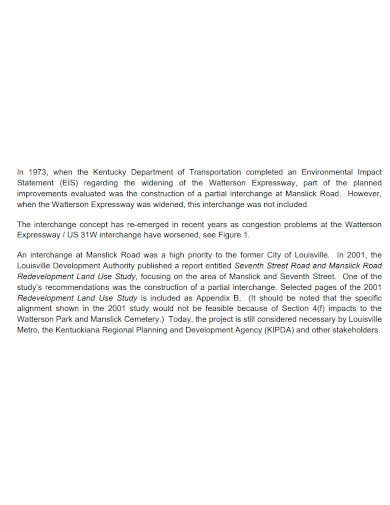Business, industrial, and government sectors usually conduct a strategy called a feasibility study to test out if any of their projects or ventures they want to implement and pursue can ensure success and will achieve its goals and benefit the organization. If you are working in this industry and a novice when it comes to doing feasibility studies, this article is meant for you. Read this article to find out what a feasibility study means and provide you a guide and sample templates to help you learn how to write your own feasibility study report.
10+ Feasibility Study Report Samples
1. Feasibility Study Report Sample
2. Printable Feasibility Study Report
3. Project Feasibility Study Report
4. Feasibility Study Report Outline
5. Construction Project Feasibility Study Report
6. Editable Feasibility Study Report
7. Standard Feasibility Study Report
8. Irrigation Project Feasibility Study Report
9. Feasibility Study Report Format
10. Formal Feasibility Study Report
11. Feasibility Study Final Report
What is a Feasibility Study?
A feasibility study is a report that seeks to identify the feasibility, strengths, and weaknesses of a proposed project, an existing system, or an entire organization. Furthermore, feasibility studies aid experts in creating a timeline for completing the project, identifying potential challenges, creating a list of possible solutions that may arise from the project. These aspects are summarized by two unique components: Desired values to accomplish and the expense required to carry out the project.
Why is a Feasibility Study Important?
Feasibility studies are crucial because they urge professionals to consider all of the variables that go into launching a project or business. Background, project summary, operational description, market research, and legal and financial documents are among them. Professionals can have the best chance of generating a successful project that helps the organization or society by assessing these areas and developing a plan of action.
How to Write a Feasibility Study
The following is a step-by-step method in writing your feasibility study:
1. Give an Overview of the Project
A description of the project you wish to execute must be included in the first section of a feasibility study. You should emphasize its objective as well as the key factors that determine its success.
2. Describe the Project’s Probable Outcomes and Remedies
Discuss with your team to come up with some potential project solutions. It can come in handy later when you’re trying to figure out which option offers the best benefits.
3. List the Criteria for Evaluating These Solutions
Make a list of rules for you and your team to use while evaluating these ideas. Consider variables like income potential, higher efficiency, improved cross-departmental communication, product line extension, and customer satisfaction.
4. Indicate Which Option is the Most Practical
Make a statement on the solution which you wish to direct your project after deliberating with your team. Make sure you explain why you chose this solution over the other possibilities you considered.
5. Make a Final Statement
Start by reaffirming the statement in your project description that defines it, as well as your motivation for launching it. Then, clarify which solution you principally want to attain by the end of the project and explain why you believe this solution is more important than the others.
FAQ’s
What is a feasibility study example?
Some examples of feasibility studies can take place on studying an automobile prototype, experimenting on rats or rabbits to develop a new medicine (it can also be a procedure of feasibility analysis), and checking the configuration and features of a laptop model before purchasing it.
What are the types of feasibility study?
- Technical Feasibility: This type of feasibility study helps organizations determine if their technical resources meet the capacity of the work of the hardware, software, and other technical requirements of the proposed project or system.
- Economic Feasibility: This type of feasibility study assesses the cost, viability, and benefits of the project.
- Legal Feasibility: This type of feasibility study investigates if any aspect of the proposed project conflicts with any legal requirements. Examples include such as zoning laws, data protection acts, or data privacy laws.
- Operational Feasibility: This type of feasibility study involves doing a study to analyze and determine whether and how well the organization’s needs can be met by completing the project.
- Scheduling Feasibility: This type of feasibility estimates how much time the project will take to complete for the organization.
What are the feasibility factors?
Some factors of feasibility include the current status of the technologies to be compared, scalability of the project, and operation, indicators of technical and financial viability, Different aspects and technological recommendations, the potential market for a certain product, competitors, legislation passed by lawmakers that could affect the projects of a company, new and necessary resources being obtained, and opportunity costs.
Once you’re done writing your report, make sure to reread and revise it to get rid of grammatical and spelling errors, incoherent sentences, and disorganized structure of thoughts, and incorrect format. Since a feasibility report is formal, use words that are easy to understand and avoid using colloquial or jargon terms (if using jargon terms, make sure to dedicate a section where you define some terms that not everyone understands right away). To make sure your report is sufficient to be presented, have a colleague check your report and let them give you points on where you can improve and make sure to follow their suggestions. To help you get started on writing a feasibility report, download our free sample templates to help you get started writing a feasibility study report!
Related Posts
FREE 9+ Recruitment Report Samples
FREE 9+ Sample Technical Reports
FREE 9+ Investment Research Report Samples
FREE 9+ Technical Report Samples
FREE 9+ Credit Reports
FREE 8+ Sample Compensation Analyses
FREE 8+ Target Market Analysis Samples
FREE How to Write a Visit Report [ Importance, Steps, Guidelines ]
FREE 21+ Market Analysis Samples in Excel PDF | MS Word ...
FREE 19+ Cost Benefit Analysis Templates in Google Docs MS ...
FREE 15+ Site Investigation Report Samples in PDF DOC
FREE 12+ Investment Analysis Templates in Excel MS Word | PDF ...
FREE 9+ Sample Manufacturing Project Reports in PDF MS Word ...
FREE 9+ Trip Report Samples in PDF MS Word
FREE 5+ How to Write Investment Summary Samples in PDF

